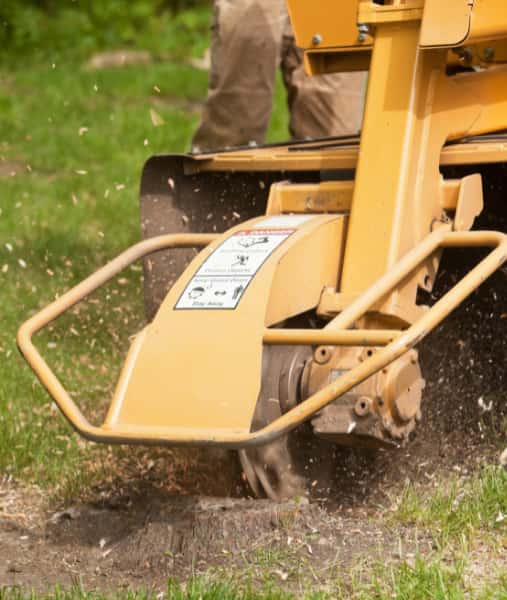Tree cutting is an essential part of tree maintenance, whether it’s pruning for growth, removing deadwood, or reducing size. However, not all trees respond the same way to cutting. Some species recover quickly and even thrive, while others weaken or die. Understanding the science behind this phenomenon can help ensure that trees remain healthy after pruning or felling.
The Role of Tree Species in Regrowth
1. Deciduous vs Evergreen Trees
Deciduous trees, such as oak, beech, and maple, are generally more resilient to pruning. They have the ability to regrow from dormant buds within their branches or from the root system. On the other hand, evergreens like pine and spruce often struggle to recover from heavy cutting, as they lack the same regrowth capability.
Solution: Before any significant cutting, it is important to understand the species of tree and how it responds to pruning.
2. Trees That Sprout After Cutting
Certain species, such as willows, poplars, and sycamores, have a strong regenerative capacity. These trees can sprout new shoots from the stump or roots after being cut. This ability, known as coppicing, allows them to flourish even after severe cutting.
3. Trees That Struggle to Recover
Some species, such as conifers and older fruit trees, do not recover well from aggressive pruning. If too much foliage is removed or cuts are made incorrectly, they may not regenerate new growth and can die due to stress and disease.
The Importance of Proper Cutting Techniques
1. Correct Pruning Methods
Using the right cutting techniques is crucial for tree health. Poorly executed cuts can cause wounds that invite pests and diseases.
Best practices for pruning include:
- Making clean, angled cuts to prevent water accumulation.
- Avoiding flush cuts, which remove the natural healing tissue.
- Cutting during the correct season to avoid stress on the tree.
2. How Timing Affects Tree Survival
The time of year a tree is cut plays a significant role in its ability to recover.
- Winter Pruning: Best for most deciduous trees, as they are dormant and less stressed by pruning.
- Spring Pruning: Can be beneficial for flowering trees but should be done cautiously to avoid excessive sap loss.
- Summer Pruning: Used mainly for growth control but should not be too aggressive.
- Autumn Pruning: Generally not recommended, as trees are preparing for dormancy and healing is slower.
Factors That Affect Tree Survival After Cutting
1. Age and Health of the Tree
Young, healthy trees have a better chance of recovery than older, weakened trees. If a tree is already diseased or stressed, cutting it aggressively can lead to further decline.
2. Extent of Cutting
Removing too much of a tree’s canopy at once can reduce its ability to photosynthesise, leading to decline. A tree needs enough foliage to generate energy for new growth.
3. Root System Health
If a tree’s root system is damaged, it will struggle to recover from cutting. Trees that are well-established with deep, healthy roots are more likely to survive pruning.
How to Ensure Your Trees Thrive After Cutting
- Hire a professional tree surgeon to ensure the correct techniques are used.
- Only remove what is necessary to maintain tree health and structure.
- Monitor the tree after pruning for signs of stress or disease.
- Apply mulch and water appropriately to support regrowth.
- Avoid over-pruning, especially for species that do not regenerate easily.
Conclusion
The way a tree responds to cutting depends on multiple factors, including species, cutting technique, season, and overall tree health. Some trees flourish after pruning due to their natural ability to regenerate, while others may decline if not handled correctly.
For expert advice on tree cutting and pruning in East Horsley, NS Tree Surgery East Horsley provides professional tree care to ensure your trees remain healthy and thriving. Contact us for expert tree management services tailored to your needs.
Call us on: 01483 967 989
Click here to find out more about NS Tree Surgery East Horsley
Click here to complete our contact form and see how we can help with your tree needs.

